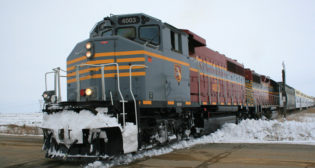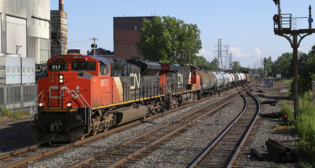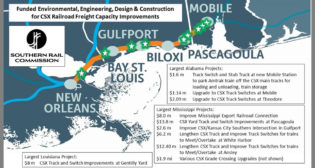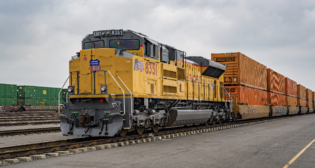
RAILROAD SAFETY WHITE PAPER: ECP Brakes – Moving the Industry Through the 21st Century
Written by Grady C. Cothen Jr., Federal Railroad Administration (ret.)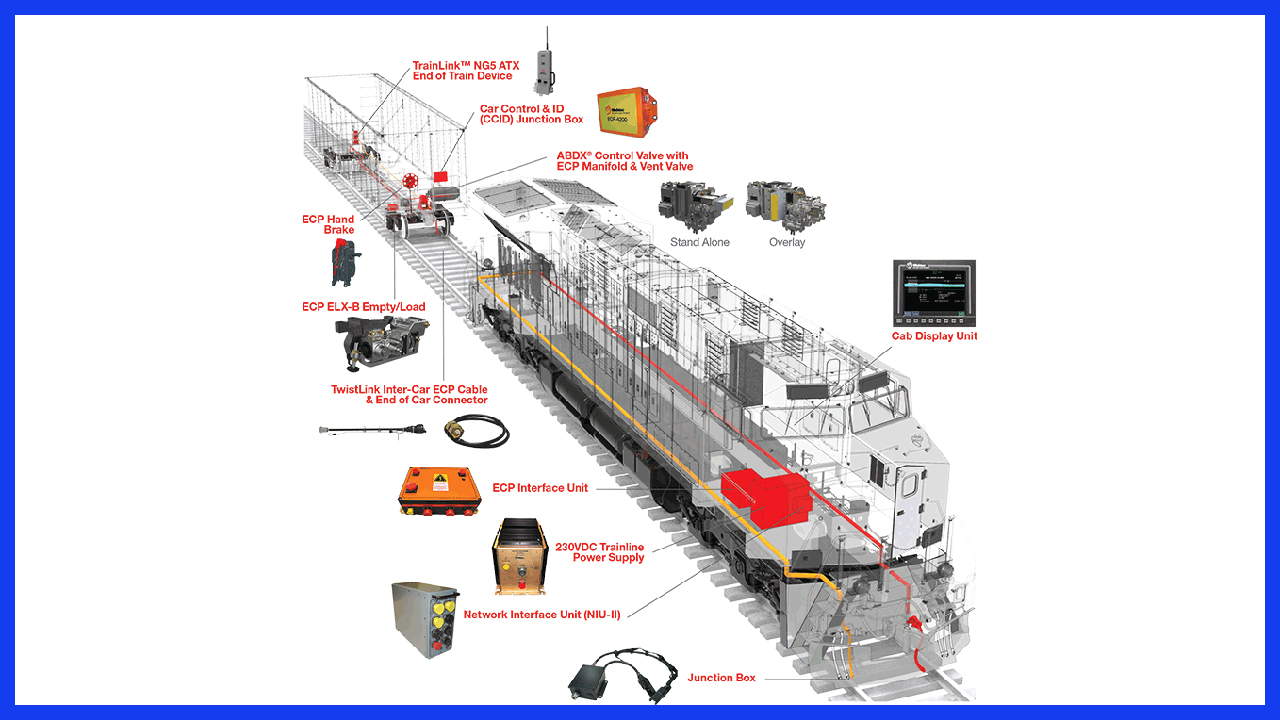
Wabtec ECP brake components. Illustration courtesy of Wabtec
This series began with multiple versions of a White Paper titled “Management of In-Train Forces.” The conclusions regarding the factors underlying the problem may have been controversial, but the theme was not. Likely the White Paper had minimal effect, but the consequences of the documented behavior seem to have resulted in rethinking operating practices, at least in some quarters. Scrutiny by the National Academy Committee on very long trains may have prompted some internal discussion. FRA’s advisories may be helping, as well. Best of all, there is evidence of real effort to build better trains among several of the major railroads.
The second White Paper in this series declared, first, that the data being reported to FRA on pedestrian/trespass casualties was wrong and could be readily corrected with some enforcement action. At last report, the agency was not responding coherently to the critique. The second point in that White Paper was that safety at private crossings was still unacceptable, and that there were actions that could be taken to address the subject. At this date, nobody seems to have noticed, despite distribution on line and among members and friends of the relevant Transportation Research Board committees. There is scant comfort that nobody has stepped forward to suggest that the two points made in this second White Paper were ill-founded.
ECP brakes are a different kettle of fish. This topic (download White Paper below) is well worn, and most folks, including major railroads, had thought it was a dead issue.
Consider that I speak for the dearly departed (ECP), and pray for a resurrection. I recognize the difficulty of my task.
There is no pretense here that the presentation will be dispositive, but we need to keep ECP in play for the future of the industry and the nations of North America. It is encouraging that FRA has tasked the Railroad Safety Advisory Committee (RSAC) with exploring “Train Brake Modernization,” albeit with a heavy focus on trains carrying hazardous materials. One must be anxious that such an approach will run aground like the “high hazard” train rulemaking did during the previous Administrations. Putting a few ECP trains on the railroad amid overlong and underpowered conventional trains will not make the network more fluid. Limiting ECP brakes to trains of certain lengths, or trains employing distributed power, would not be feasible given the requirements for interoperability. There needs to be a broader commitment.

Rail transportation consultant Grady C. Cothen Jr. retired in 2010 from the Federal Railroad Administration after 36 years in various positions: Deputy Associate Administrator for Safety Standards and Program Development (1994-2010); Associate Administrator for Safety (1991-1994); and Special Assistant to the Chief Counsel for rail safety, labor protection and asset sale projects (1975-1991). Prior to that, he served as a trial attorney in the Enforcement Division of the FRA Office of Chief Counsel. Cothen was also Acting Associate Administrator for Policy from 1986-1988, where he provided executive direction for economic, financial and traffic analysis and freight policy studies, including recommendations for Departmental positions in rail proceedings before the Interstate Commerce Commission. Cothen holds a J.D. from Georgetown University Law Center and a B.A. in Government and History from Oklahoma Baptist University. The opinions expressed here and in the attached paper are his own.

